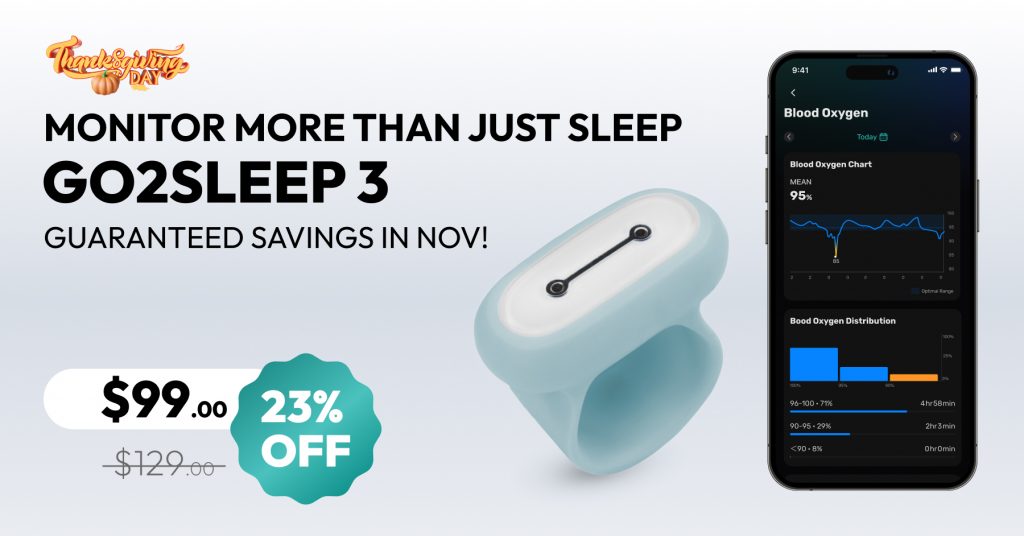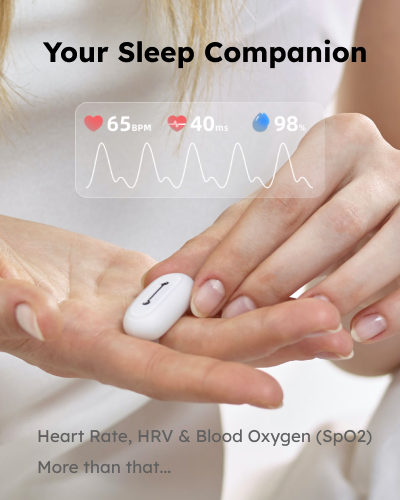
What Characteristics Make People More Prone to Sleep Apnea?
Sleep apnea is a condition where breathing significantly decreases or temporarily stops during sleep, leading to oxygen deprivation in the body. When breathing slows or stops during sleep, it can cause patients to fully awaken or shift from deep sleep to light sleep. Mild sleep apnea can lead to several episodes per hour, while severe cases may experience dozens, ultimately affecting sleep quality.
Obstructive sleep apnea (OSA) is the most common form of sleep apnea, arising from various causes, including deviated septum, enlarged turbinates or tonsils, severe nasal allergies, or obstructions caused by the uvula (the “dangling” tissue in the throat) or tongue. In such cases, the airway collapses or becomes blocked, impeding breathing and leading to significant drops in blood oxygen levels. When oxygen levels fall below a certain threshold, the brain signals the body to awaken for a breath.
High-Risk Groups for Sleep Apnea
- Age and Gender: Older adults are at higher risk, and men under 50 are more likely to suffer from sleep apnea compared to women. However, after age 50, the prevalence between genders tends to equalize.
- Obesity: Approximately 70% of individuals with obesity are affected by sleep apnea, with symptom severity increasing in correlation with the degree of obesity.
- Jaw Structure: Individuals with a small jaw or short neck may have anatomical features that predispose them to airway obstruction.
- Cardiovascular Issues: Those with heart disease or a history of stroke are also at a higher risk for developing sleep apnea.
- Premature Infants: Babies born prematurely have an increased likelihood of developing sleep apnea due to underdeveloped respiratory systems.
Evaluating Sleepiness
To assess the degree of daytime sleepiness, individuals can fill out the Epworth Sleepiness Scale. This questionnaire evaluates the likelihood of dozing off during specific activities, using the following scoring system:
- 0 points: Never doze off
- 1 point: Slight chance of dozing
- 2 points: Moderate chance of dozing
- 3 points: High chance of dozing
Here are the activities assessed:
- Sitting and reading
- Watching television
- Sitting in a public place
- Being a passenger in a vehicle for over an hour
- Lying down to rest in the afternoon
- Sitting and talking to someone
- Sitting quietly after lunch without alcohol
- Stopping briefly in a car while driving
Scoring Interpretation
Adding the scores yields a total that indicates the severity of sleepiness:
- 0-7 points: Normal sleepiness
- 8-11 points: Slightly increased sleepiness
- 12-15 points: Noticeably increased sleepiness
- 16-24 points: Severe sleepiness
Individuals suffering from sleep apnea typically score above 16 on the Epworth Sleepiness Scale; however, a comprehensive assessment should consider the patient’s complete medical history.
For those looking to monitor their sleep patterns more conveniently, the GO2SLEEP 3 device is recommended. It effectively tracks the index of sleep oxygen desaturation throughout the night, providing valuable insights into sleep quality and respiratory health!

The annual promotion is underway! Your order placed in Nov enjoy price protection,if you find a lower price in this month, feel free to contact us for a refund of the price difference!
ALL ARTICLES
Subscribe Us
403A, Building A2, Zhihui Park, Fuyong Street, Bao'an District, Shenzhen, Guangdong, China
Products
Company
Copyright © SLEEPON. All rights reserved.
SLEEPON keeps both Sleeponhealth and Sleepon.us due to the brand upgrading. We promise to provide the same products and service in both sites.








Leave a Reply